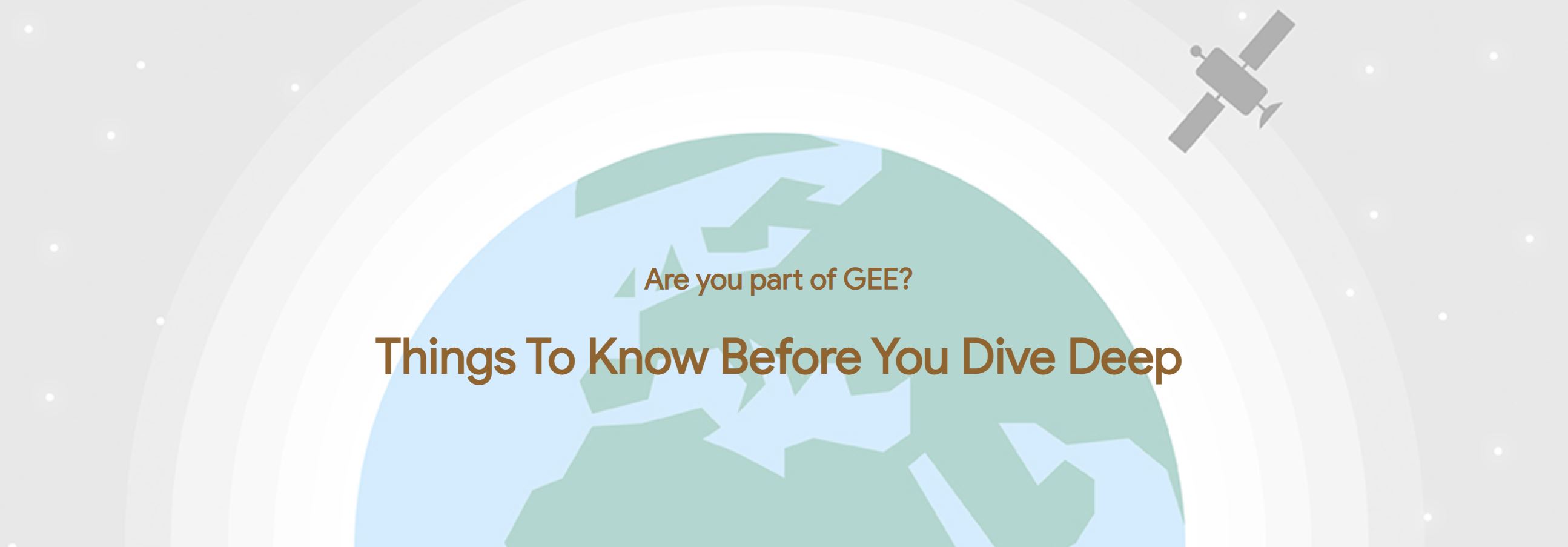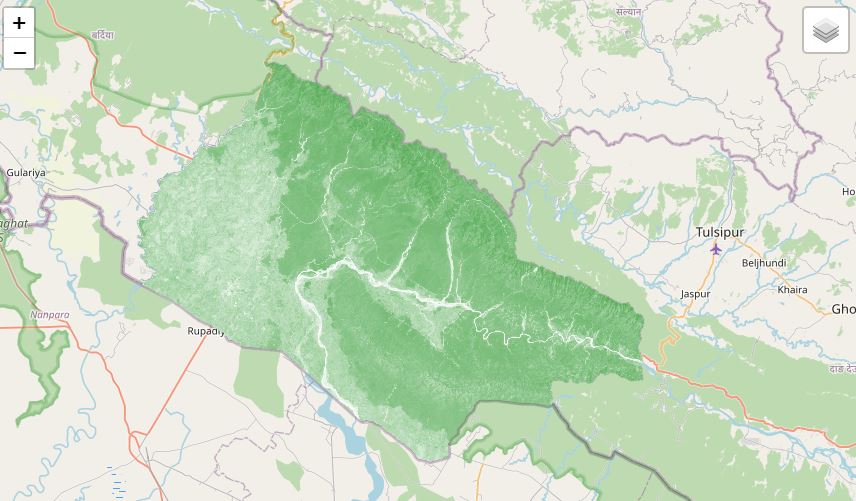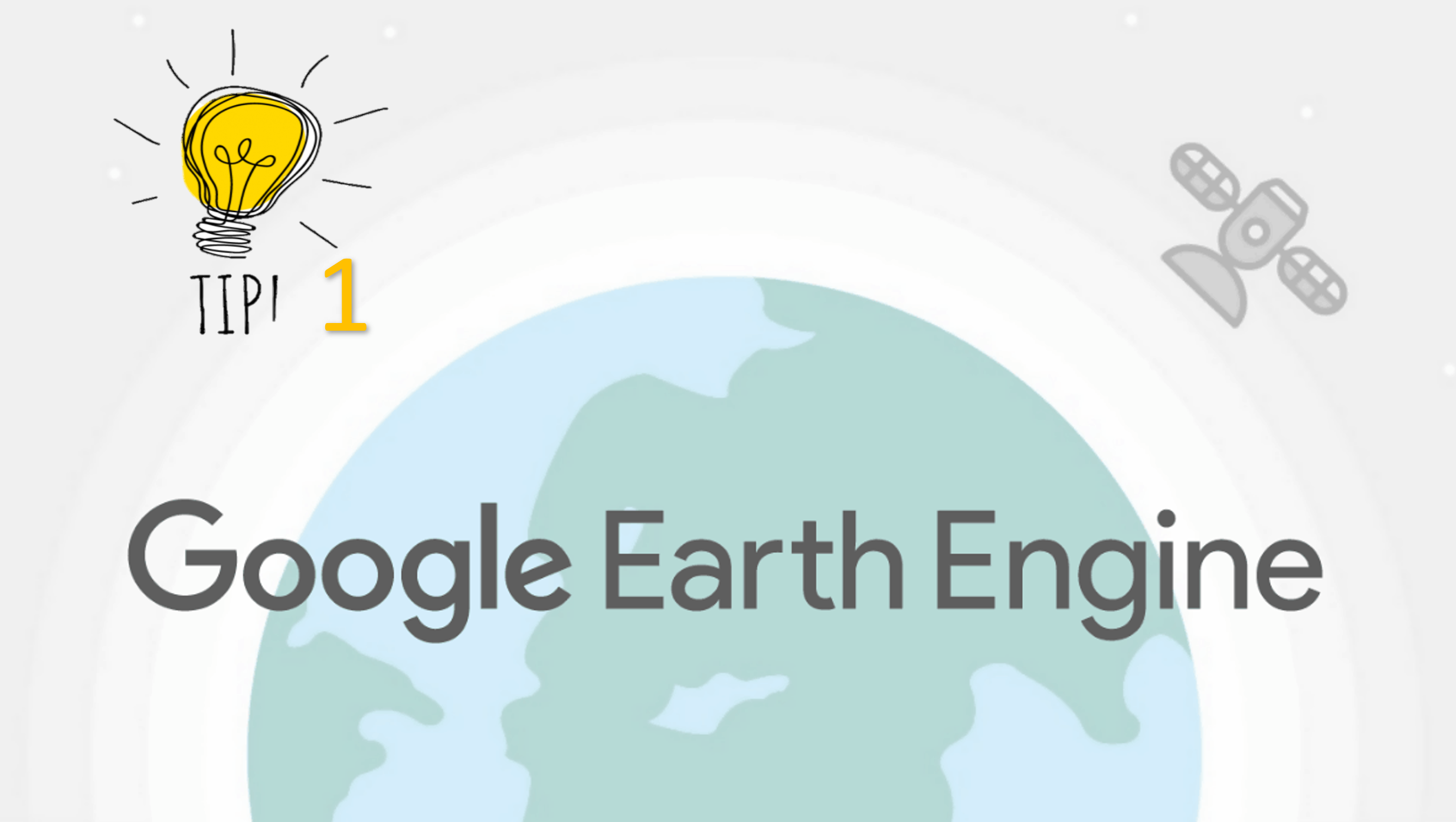Google Earth Engine: Disadvantages and Limitation

Published on Apr 27, 2022 | Bikesh Bade | 4815 Views
As Google Earth Engine is getting popular in geoscience and data computation, there are a few things that need to consider before you deep dive. This blog will highlight some of the GEE's limitations and disadvantages. Importantly, Google Earth Engine is free only for non-commercial, non-production use, This means its sole purpose is to serve the educational professional, students, and the nonprofit organization mainly focusing on prototyping.
Before we begin, let's first take a look at the problem that the Google Earth Engine solves.
-
It solves the hectic and time-consuming remote sensing processing, which means it solves our infrastructure problems.
-
It promotes a free multi-petabyte catalog of satellite imagery and geospatial datasets with planetary-scale analysis capabilities. But the free version has some processing and storage limits.
Now let's take a look at the downside of the Google Earth engine
-
It's free only for non-commercial, non-production use. which means you have to pay for the commercial use
-
The free version has some processing and storage limits.
-
Programming limitaion. No option for nonprogrammer or GUI.
-
Framework Limitation in the programing, map-and-reduce programming is not suitable to solve all remote-sensing problems
-
Google Earth Engine is not a proper fit for many projects.
-
It’s not suitable for smaller datasets. cause it doesn't solve software issues only solves the processing issue
-
Google Earth Engine primarily focuses on closed-source proprietary platforms i.e. Web-based editor with Javascript wrapper and their own frameworks
-
There is also functionality for open-source fashion with python API but under the hood, it calls closed-source proprietary frameworks and their own objects. There is a Geemap python package developed which tries to solve the issues
-
Due to framework limitations, creating sophisticated applications into the GEE framework can be quite challenging. For example, the parallel programming framework chosen by GEE is based on maps and reduced operations. This model enables massive parallelism but increases complex coding style.
-
Data or the result produced with GEE is solely for educational and research purposes. which means it's illegal to sell the data or any results.
-
This raises the next question, GEE uses all the freely available data provided by different such as NASA a US federal agency, the European Union, etc. which they are providing free to the public.
-
GEE is claiming copyright to the data which are free to the public by the provider.
-
Google also claims to be offering commercial licensing options for their platform, but the usage conditions and pricing are nontransparent.
-
Lots of algorithms used are also nontransparent and more like black-box approaches on the processing level.
-
Acquiring the skills to master Google Earth Engine takes enough time, as it has lots of dependencies. One has to be a remote sensing expert, coder, and data expert.
-
Exporting imagery and results is not primarily promoted. Export to the local computer is headache
The bottom line, Google Earth Engine is not suitable for many projects and many professionals. One has to remember, that it’s free only for non-commercial, non-production use. Which doesn't mean it's a bad product. It's a revolutionary product for students, academics, and researchers for prototyping the project or any workflow.
Alternative to Google Earth Engine
1. Planetary Computer by Microsoft (which has its own limitation and advantages but is an alternative to GEE)
2. ESRI ArcGIS Online for Image (commercial but provides you the easy to use GUI based processing for your remote sensing)





